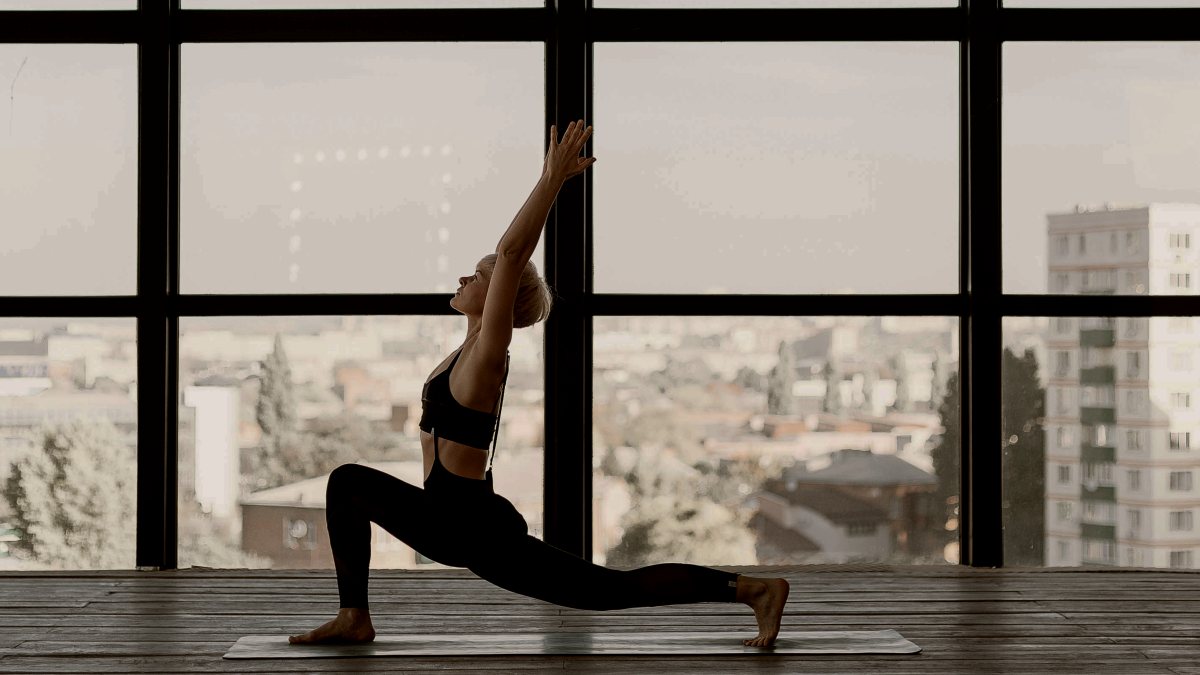
5 Ways To Actually Feel Motivated To Exercise
Exercise motivations can differ from person to person. Here's how, as well as which kinds are most effective.

By Mark Travers, Ph.D. | August 21, 2024
When it comes to staying active, the biggest challenge often isn't the workout itself—it's finding the motivation to start and stay consistent. With busy schedules, varying energy levels and the ever-present allure of a cozy couch, finding the drive to stay active can feel like an uphill battle. Your motivation, in turn, plays a crucial role in how consistently you show up.
A study published this July in Frontiers In Psychology examined the effects of five types of motivation to exercise on a person's mental health. While all five types can positively influence mental health, researchers found that some were far more effective than others.
Here are the five types of "exercise motivations," starting from the most mentally beneficial to the least, according to research.
1. Exercising For Fun
Exercising for fun is driven by the enjoyment and pleasure derived from physical activity. This type of motivation had the most positive effect on participants' mental health. People motivated by fun choose activities they genuinely enjoy, such as dancing, walking, swimming, cycling or playing sports.
Here, the emphasis is on the experience rather than specific outcomes like weight loss or muscle gain. This type of motivation is often associated with activities that are social, varied and engaging.
When exercise is fun, it doesn't feel like a chore or punishment, making it easier to stay consistent. Consequently, the motivation to have fun often creates long-term adherence to physical activity because one looks forward to the experience.
2. Exercising For Health
Researchers found that "health motivation" has the second highest positive influence on mental health. This type of motivation is driven by the desire to improve or maintain physical well-being, prevent illness, manage chronic conditions or increase longevity.
Exercising for health is a powerful motivator and can lead to long-term commitment to exercise as it directly impacts one's quality of life. People who are motivated by health often focus on exercises that improve cardiovascular health, strengthen muscles, increase flexibility and enhance overall physical functioning and mental well-being.
3. Exercising To Enhance Physical Abilities
The third most influential motivation involves exercising to enhance one's personal skills and physical abilities.
This motivation is focused on improving physical performance or achieving specific fitness goals. It usually involves setting measurable objectives, such as running a marathon, increasing strength, improving flexibility or mastering a sport. People motivated by physical achievement often enjoy the challenge of pushing their limits and tracking their progress over time.
When individuals exercise with this motive, they also fulfill the essential psychological need to feel competent and accomplished. Exercising likely boosts their self-confidence and reinforces a positive self-image.
4. Exercising To Build Social Connections
The fourth most positively influential motive involves seeking social interaction and feelings of connectedness, which are fundamental to our well-being.
Whether it's through group fitness classes, team sports or having a workout buddy, the social aspect of exercise can make it more enjoyable and provide a sense of community and accountability.
This type of motivation is often driven by the desire to spend time with friends, meet new people or be part of a supportive group. Due to the added layer of social support and enjoyment, social motivation boosts adherence to a workout routine and reduces feelings of isolation.
5. Exercising To Enhance Physical Appearance
Of the five types, exercising to enhance one's physical appearance seems to have the least positive impact on mental health. It involves exercising to lose weight, achieve a certain body shape, fit into certain clothes, feel more confident and meet societal standards of beauty.
People who exercise for appearance might focus on high-intensity workouts, targeted exercises or highly specific diet plans to achieve their desired look.
While pursuing aesthetic goals can still improve overall fitness as a side effect, the pressure to look a certain way can lead to unhealthy behaviors, such as over-exercising or under-eating. Such motivation is also more likely to fade once the desired look is achieved or if progress is slower than expected.
Ultimately, you cannot force yourself into a lasting relationship with exercise through sheer willpower or pressure. The most effective and fulfilling approach is to find joy and deeper meaning in the process.
In the end, no matter what drives you to move, exercise is undeniably good for you. But to build a truly positive relationship with it, take a moment to reflect on where your motivation is coming from. Ensure that it's rooted in a healthy, supportive space that nurtures both your body and mind.
After all, your body and mind are deeply interconnected, and the care you give to one will inevitably influence the other. By aligning your exercise motivation with the respect and care your body deserves, you can create a fulfilling, lifelong relationship with fitness that enhances every aspect of your well-being.
Is a negative body image influencing your motivation to exercise? Take this test to learn more: Body Image Questionnaire
A similar version of this article can also be found on Forbes.com, here.
